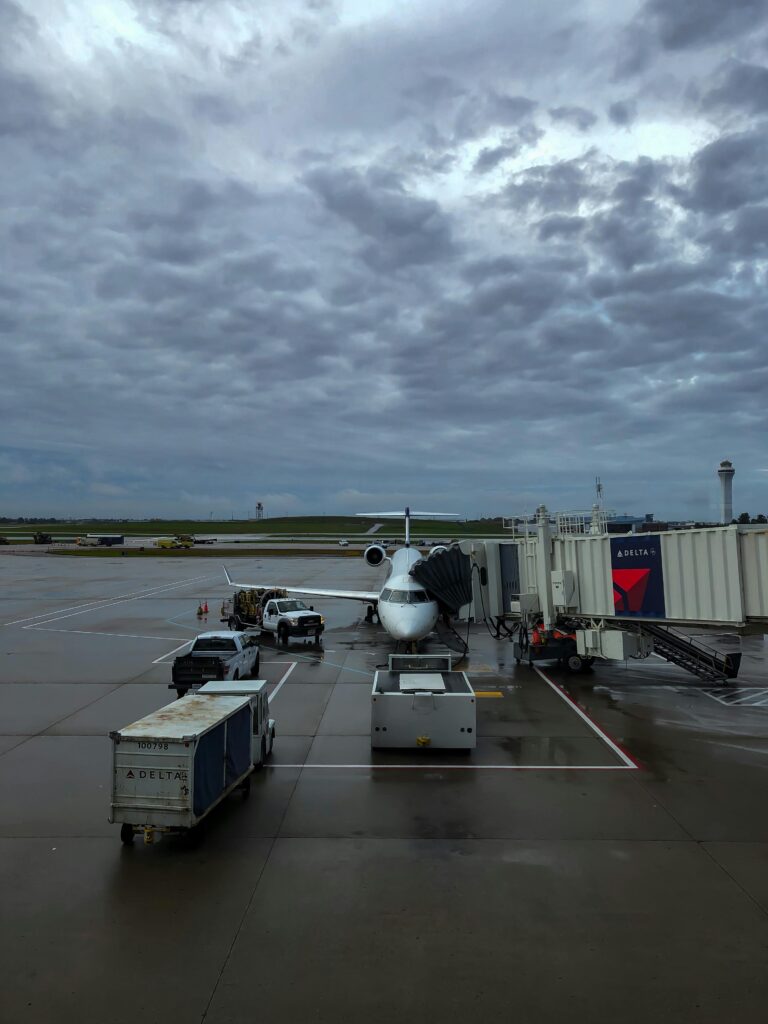Ever been on a long-haul flight and suddenly hear the captain say, “Ladies and gentlemen, we’re diverting to LAX”? As unsettling as that feels, DL275’s detour to Los Angeles wasn’t drama it was smart. Let me tell you how it unfolded, warts and all.
When the Engine Anti-Ice System Stepped Up
So, picture this May 28, 2025. DL275, an Airbus A350, is halfway across the Pacific, cruising near FL380, when the anti-ice system on one of its Rolls-Royce Trent XWB engines starts misbehaving. Ice can build up fast at those altitudes, mucking up airflow or even risking shutdowns. Not good. The crew saw the warning light, and instead of pushing on toward Tokyo, they diverted quick, calm, decisive.
Why LAX? It’s Not Just Geography—It’s Delta’s Strength
Sure, Anchorage or Seattle were closer options. But LAX is Delta’s stronghold top-tier maintenance, A350-trained mechanics, parts ready to go, and all the passenger support infrastructure you’d want in a diversion scenario. Long runways, hotels, rebooking hubs all set. So yeah, longer flight path, but safer and smarter.
Landing, Passengers, and That Human Element
Landing was smooth. The cabin crew reassured everyone no panic, just updates, a few jokes, maybe some awkward laughs. Ground teams waited with meals, hotels, and rebooking. The plane got fixed and was back in the air after about 18.5 hours. Not ideal, but handled like pros.
The Cost of Doing Things Right (But Still Expensive)
Let’s be real—it wasn’t cheap. Estimated cost? $2 to $2.3 million when you tally up extra fuel, landing fees, technical checks, passenger care, and lost revenue. A reminder: safety isn’t free, but it’s priceless.
A Moment of Frustration—but Also Empathy
Passengers were probably bummed when their Tokyo connection slipped away. But if you’ve flown long-haul, you get it safety first, wallet later. A few tossed luggage, blank stares, maybe a rant on social… but mostly gratitude. The airline’s quick response, transparency, and hotel vouchers go a long way.
Smart Lessons from DL275’s LAX Turn
Redundancy matters, especially on trans-Pacific flights.
Predictive tech could’ve caught the fault before takeoff imagine AI or IoT sensors stepping in early.
Diversion isn’t failure, it’s precaution.
LAX showed why hub infrastructure is critical—a concept airports and airlines live by.
FAQ for the Curious
Q: What exactly went wrong?
A glitch in the engine’s anti-ice system—a crucial defense over icy zones.
Q: Why not land in Anchorage or Seattle?
They lack Delta’s level of support for A350s. LAX had the perfect mix of tech and passenger care.
Q: Any injuries?
Nope everyone was safe and accounted for.
Q: How long was the plane grounded?
Roughly 18.5 hours enough time for an inspection, fix, and safety checks.
Final Words (Yes, Everyone Wants Closure)
At its core, DL275’s detour to LAX reminds us: flying is about managing the unexpected with care. There’s fear, fatigue, maybe a few complaints but mostly, there’s professionalism and the silent cheer when things go safely. That’s aviation, human and real.
If you want this spun into a timeline infographic, or even a cheeky “What to pack… in case of diversion,” just say the word.

